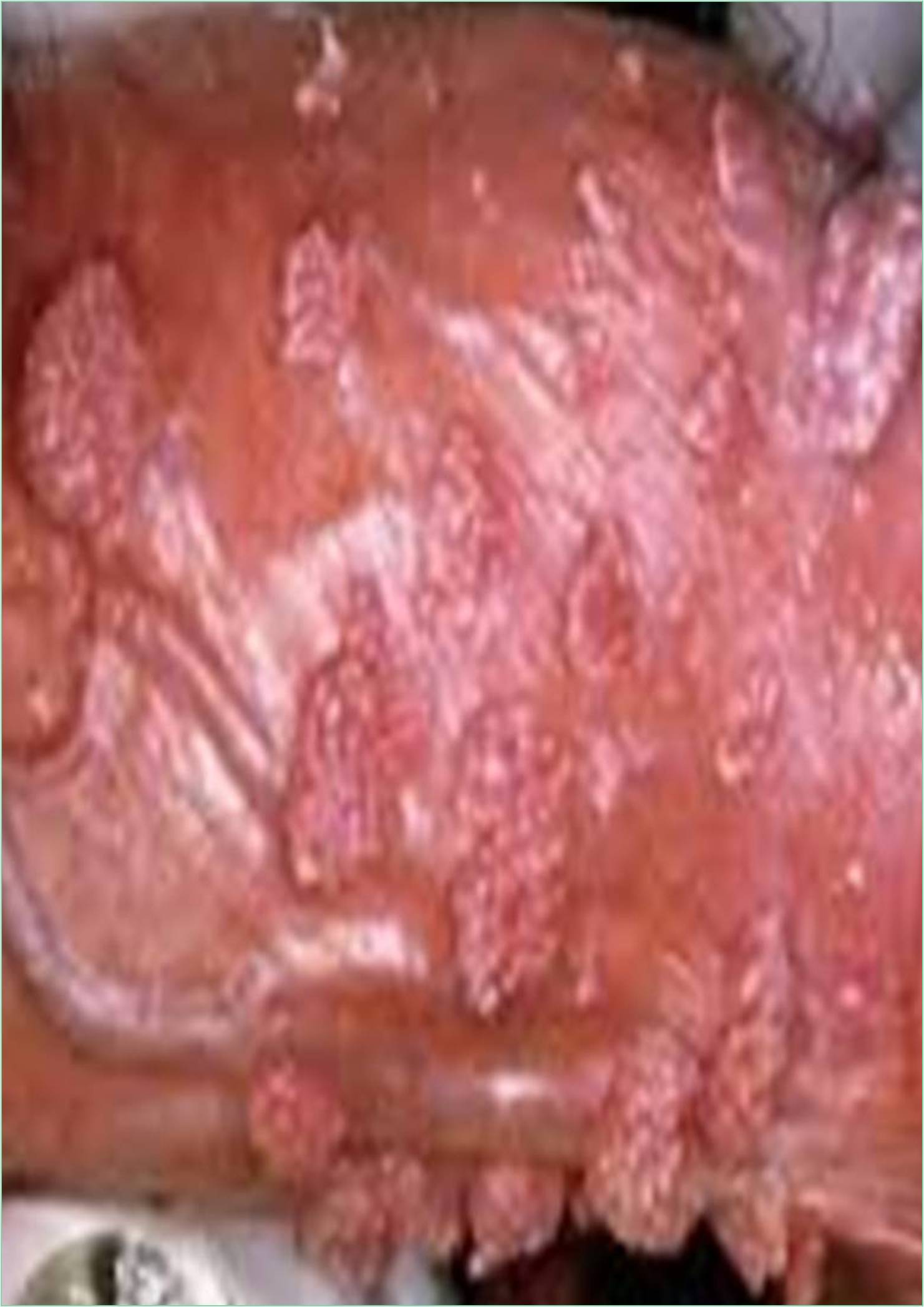



Received: 05-Jul-2022, Manuscript No. GJV-22-71969; Editor assigned: 08-Jul-2022, Pre QC No. GJV-22-71969(PQ); Reviewed: 29-Jul-2022, QC No. GJV-22-71969; Revised: 05-Aug-2022, Manuscript No. GJV-22-71969(R); Published: 12-Aug-2022, DOI: 10.35841/GJV.22.10.021
The genus Treponema comprises of human pathogens which causes a chronic infection that includes several species of oral treponemes. When compared to treponemes it is isolated from the mouth (subgingival plaque), not a single strain of T.pallidum has been propagated under in vitro conditions (Hook, 2017). It is one of the smallest genomes of any bacterium with an extracellular life-style.
The demonstration of T.pallidum interactions with platelets correlates with the degree of platelet activation (Benzaken, et al. 2017). The treponeme-platelet interactions during stationary adhesion shows phenotypic change during the platelet interactions. Another member of the genus Treponema Pallidum is the causative agent of sexually transmitted diseases which is a chronic, multistage, human infection characterized by variable clinical symptoms.
As syphilis is not a life-threatening disease but severely hampered because it cannot be cultured continuously in vitro and not susceptible for genetic manipulation. The potential interactions of T.pallidum with human platelets are modified by darkfield video microscopy with high resolution datasets of live treponemes with the dependence of this interaction upon treponeme viability.
The platelet-tethered treponemes exhibit reduced to displacement under the force by moving plasma and that of treponemes are able to induce platelet activation. The study may reveal a role for treponeme-platelet interactions in the T.pallidum pathogenesis. It is only remotely related to other bacteria but still shares a significant fraction of conserved genes with other species. The Syphilis disease of T.pallidum is severely hampered because it cannot be cultured continuously in vitro and is not susceptible to genetic manipulation (Kumar, et al. 2107).
However, the functional genomic studies demonstrated the function of individual proteins and bacterium is not approachable by direct experiments. The pathogenic uncultivable treponemes were originally considered as separate species based upon their disease symptomatology and epidemiology and provides treatment histories.
The recent data from the T.paraluiscuniculi genome analysis revealed this strain and was less than 2% and which represents a T.pallidum subspecies, rather than a new species. This further fact supports the genetic compactness of uncultivable treponemal pathogens and indicates that the small genetic changes (Belisle, et al. 1994). Therefore, every nucleotide should be considered to have the potential for changing bacterial virulence and can result in profound changes in pathogenesis and host range.
The darkfield and electron microscopy studies have previously demonstrated that 90% of T. pallidum cells can adhere to cultured rabbit epithelial by one or both tips, with over a third of treponemes using both tips. By initial darkfield observations it revealed a complexity to treponeme-platelet interactions beyond the simple adhesion (Andrea, et al. 2003).
With increasing in the implementation of Treponemaspecific assays screening tests is the first-line syphilis. Over the course of co-incubations with 11 independent the extractions of treponeme were assembled in a collection of live and high resolution images.
The well-recognized capacity of the syphilis spirochete for early dissemination and immune evasion has earned designation of “stealth pathogen”. This discordance in test results is commonly observed in our laboratory. The study of syphilis pathogenesis is mostly inability to culture and genetically manipulate T.pallidum, in recent years, and considerable progress has been made structural, physiological, and regulatory facets for pathogenicity.
Hook EWR. 2017. Syphilis. Lancet 389:1550–1557. 10.1016/S0140-6736(16)32411-4. [Cross Ref] [Pub Med]
Peeling RW, Mabey D, Kamb ML, Chen XS, Radolf JD, Benzaken AS. Syphilis. Nat Rev Dis Prim. 2017;3:17073. [Cross Ref] [Google Scholar] [Pub Med]
Radolf JD, Kumar S. The Treponema pallidum outer membrane. Spirochete Biology: The Post Genomic Era. 2017:1-38. [Cross Ref] [Google Scholar] [Pub Med]
Belisle JT, Brandt ME, Radolf JD, Norgard MV. Fatty acids of Treponema pallidum and Borrelia burgdorferi lipoproteins. J. Bacteriol. 1994;176(8):2151-2157. [Cross Ref] [Google Scholar] [Pub Med]
D'Andrea LD, Regan L. TPR proteins: the versatile helix. Trends Biochem Sci. 2003;28(12):655-662. [Cross Ref] [Google Scholar] [Pub Med]